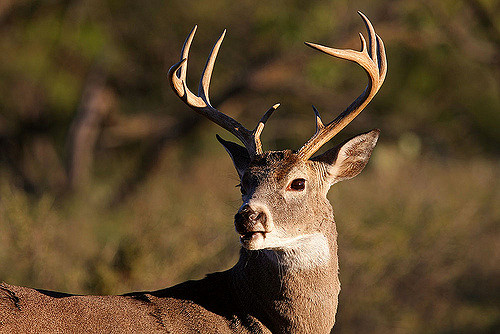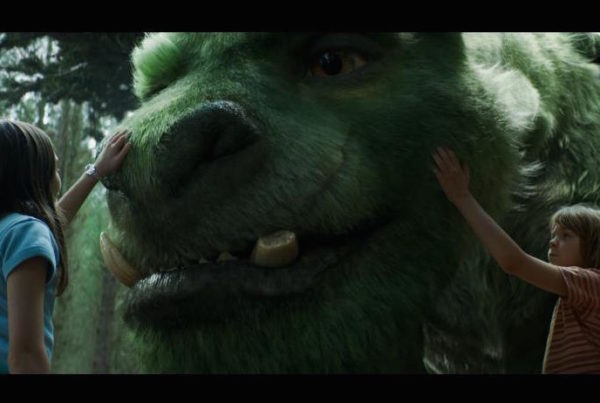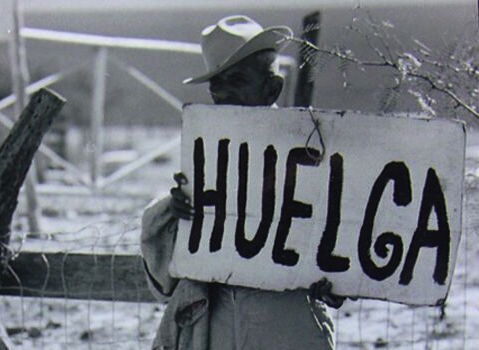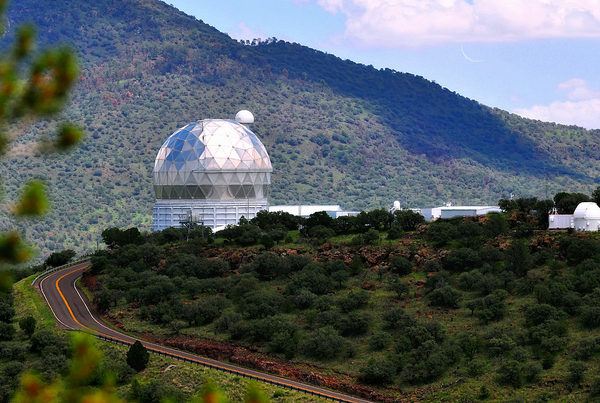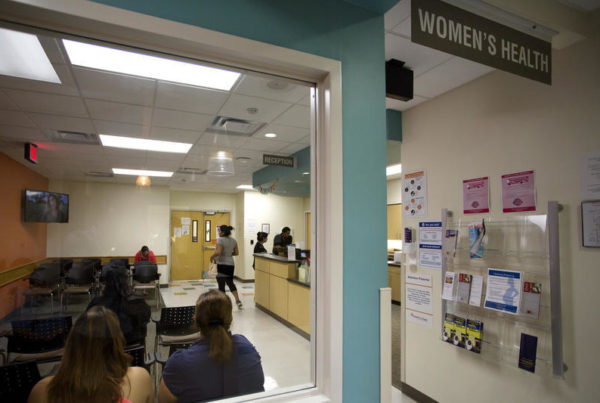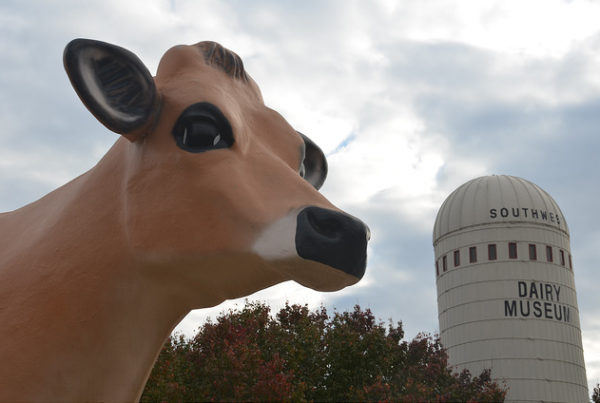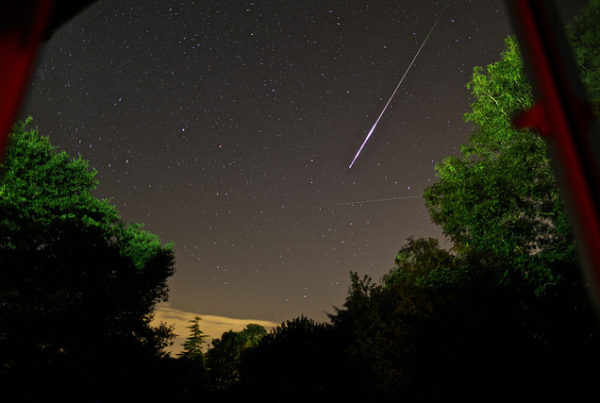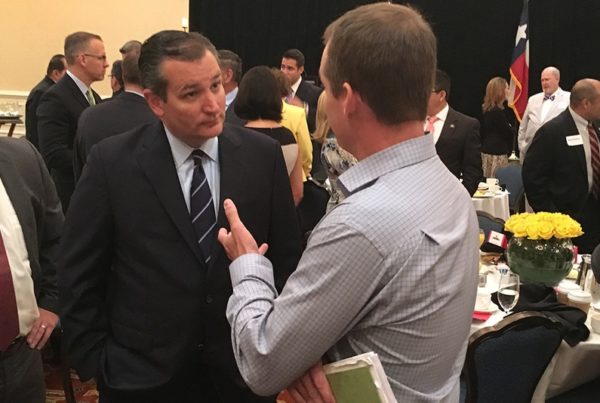If you want a taste of white-tail deer in Texas, your best bet is to go out and shoot one, because you can’t buy it at the grocery store.
But why, when Texas has a multi billion-dollar hunting industry, much of it centered on white-tail deer? Greg Simons, former president of the Texas Wildlife Association, says the ban on commercial venison has more to do with how we value deer as wildlife.
“Wildlife is a public trust resource, meaning that wildlife generally speaking in this country and in North America are owned by the public, as opposed to being a privately owned resource,” Simons says.
When he says wildlife is owned by the public, he’s referring to the public trust doctrine, a guiding principle of conservation movements in North America going back as far as the late 19th century. The basic idea is, unlike livestock, wildlife belongs to everyone and should not be sold for private commercial profit.
“Once we go down the path of legalizing the sale of venison, that’s de facto livestock,” he says. “That’s de facto privatization.”
That hasn’t stopped states like Pennsylvania and West Virginia from allowing captive deer breeders to slaughter and sell white-tail meat. Nor has it kept Texas breeders from pushing for the same privilege in two of the state’s last three legislative sessions — though unsuccessfully.
Jenny Sanders is executive director of Texans for Saving Our Hunting Heritage, one of the groups opposed to commercial venison.
“The Texas Deer Association and other deer breeding groups have pushed for privatization of that resource for many years,” Sanders says. “I think that’s their end goal: to make these resources private.”
She says if such a law were to pass, it would undermine the sustainability of the species.
“Any kind of sale of wildlife resources tends to lead to abuse of those resources,” Sanders says.
Even if breeders were allowed to start sending deer to the meat market tomorrow, it’s not clear the practice would become big business. If you were to drive by Trophy Ridge Whitetails, a ranch in Saint Jo, Texas, you’d see clusters of antlers roaming around much like cattle on other ranches. Dick Cain owns the ranch. He says the math still favors selling live deer — just one can go for $6,000.
“From a deer producer’s standpoint, I don’t really want to sell my deer for $300 a piece,” Cain says. “‘Cause that’s about what a carcass value is.”
Fellow breeder Mike Wood says selling venison should be an option for the breeders who want to do it.
“Why wouldn’t you want to use one of our state’s natural resources in a capacity like that where you could – I probably wouldn’t ever sell them for commercial venison, but golly, I wouldn’t harbor any ill will to any fella that wanted to,” Wood says. “You know, kind of like our old certified Angus beef. Texas Proud. Grown in Texas. I mean I could see a heck of a campaign on something like that through our agricultural commissioner.”
There’s no indication that our agricultural commissioner wants to push for white-tail on our supermarket shelves. So for now, at least, the hunting range is still your best bet. Hunting season opens in the fall.


